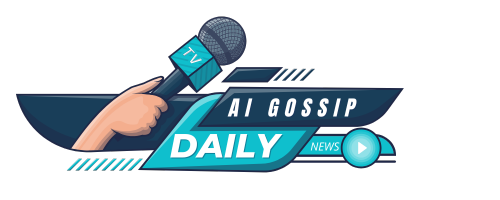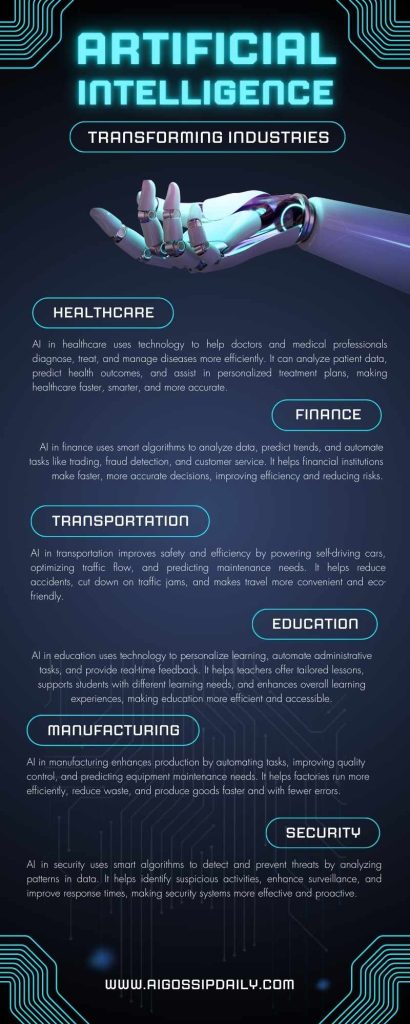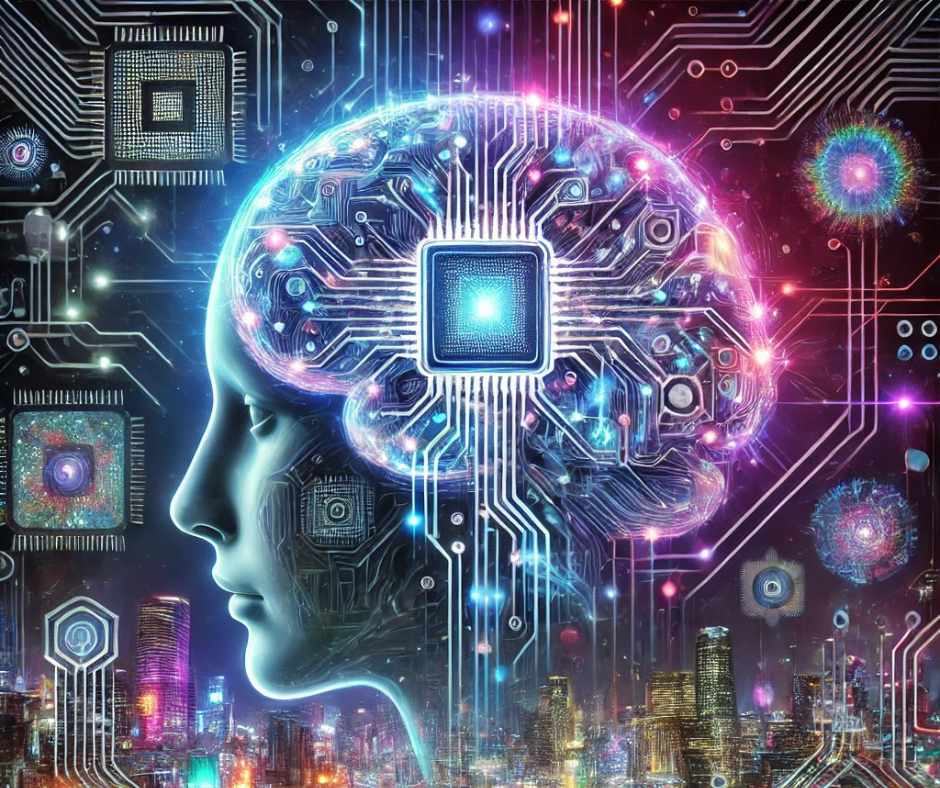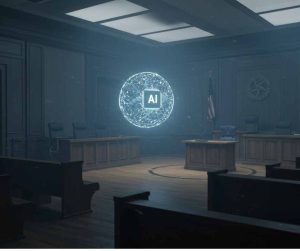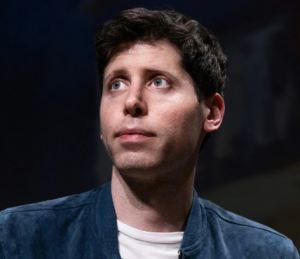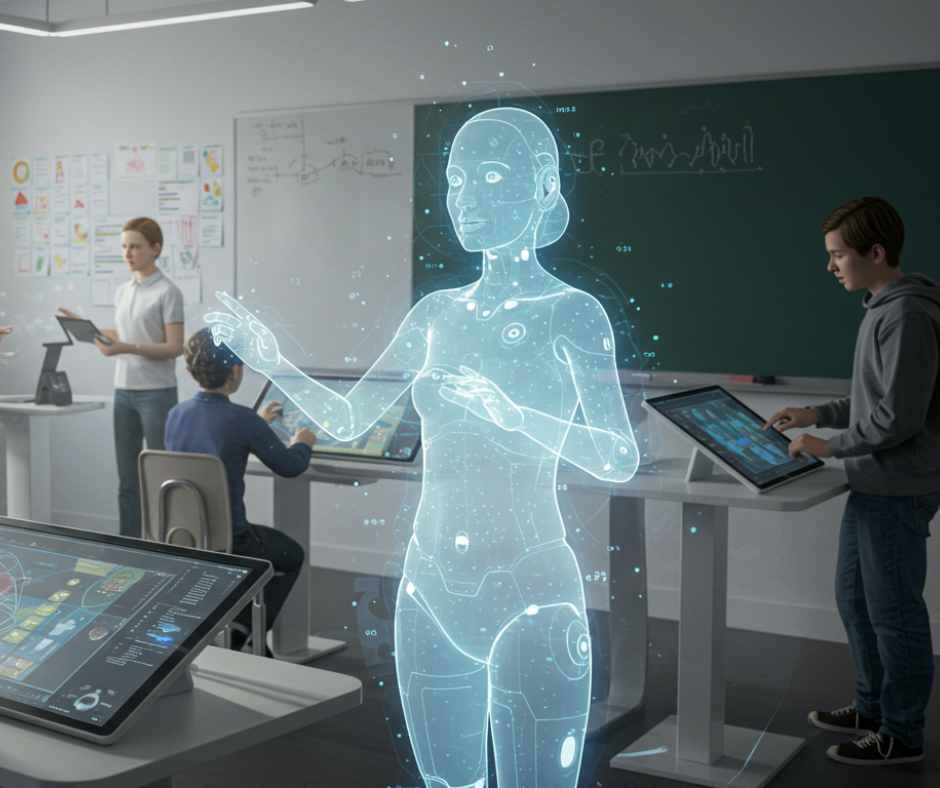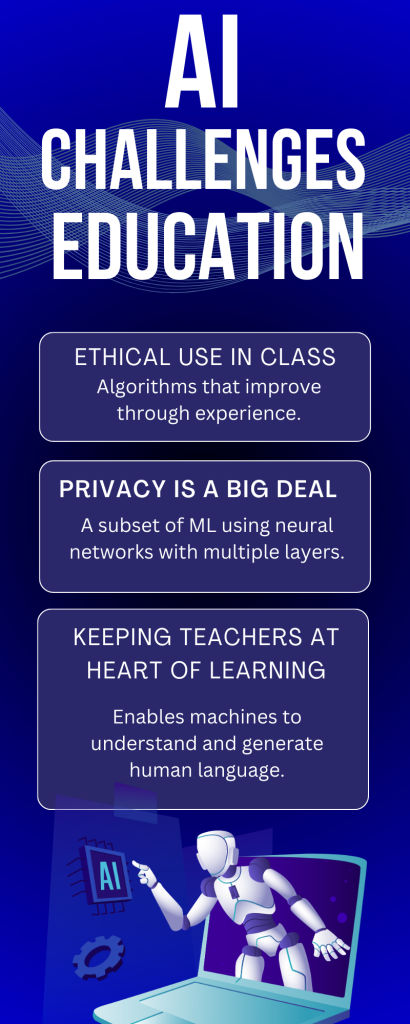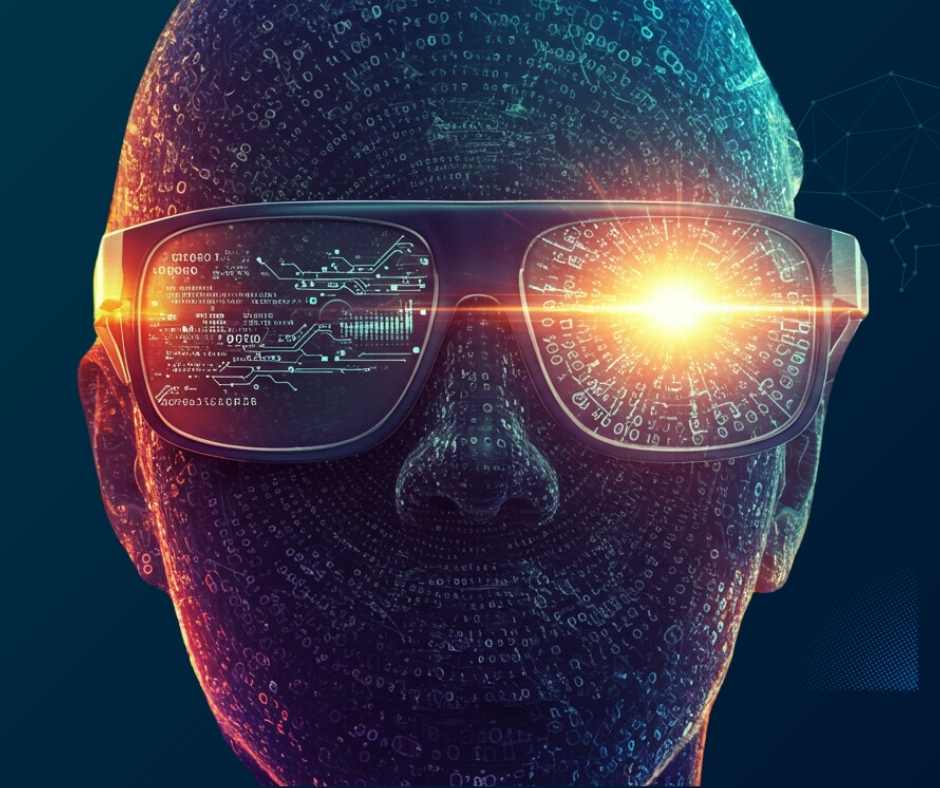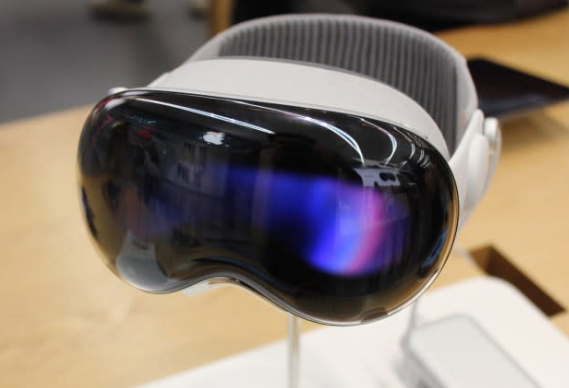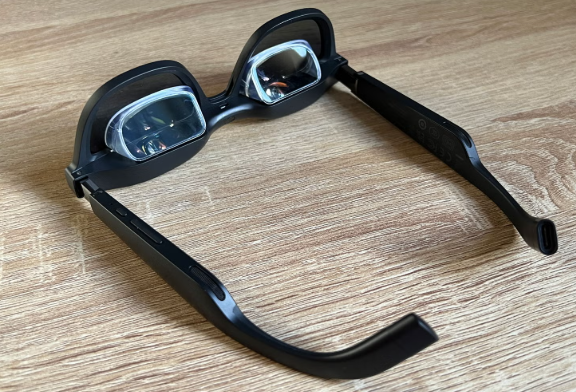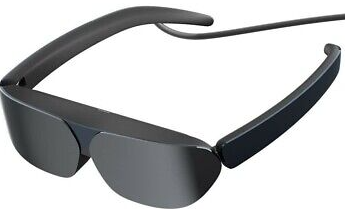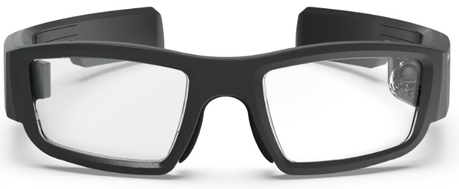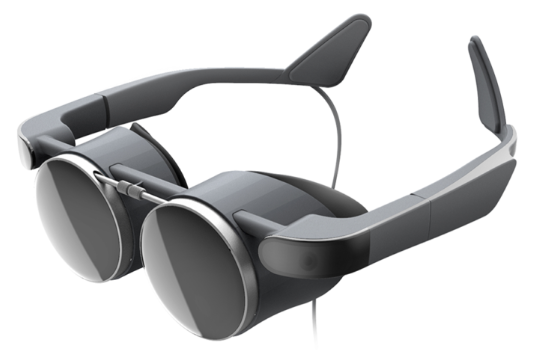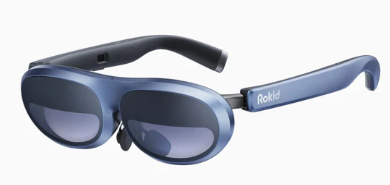Let’s talk about how shaping the future of AI is super important and why technologists and creatives matter.
Don’t worry, this isn’t one of those sci-fi horror tales where robots take over and we’re all doomed to live under the reign of some ultra-smart vacuum cleaner. No, we’re talking about something cooler—and way more important—than that.
AI is kind of like baking a cake. The ingredients (code, data, and algorithms) are super important, sure, but if you really want it to shine, you need someone to bring creativity into the mix—frosting, sprinkles, maybe even a little edible glitter. That’s where both technologists (the folks who know how to work with AI) and creatives (the artists, designers, and storytellers) step in. We all have a role to play in shaping AI.
Let’s dive into why both techies and creatives need to team up to guide how AI is designed, so it works in ways that benefit everyone.
Table of Contents
Why Does AI Need a Diverse Group of Designers?
First things first: AI is not some magical genie that lives in your smartphone, despite what Siri or ChatGPT might make you believe. It’s a tool. And like any tool, it’s only as good (or as responsible) as the people who create it.
But here’s the catch: AI can impact just about every aspect of life. From healthcare to shopping, to what dance trends pop up on TikTok, its power goes beyond programming and numbers. That means it needs guidance from people with all sorts of perspectives—not just computer science whizzes.
Let me explain with a quick analogy (and bear with me here): Imagine if only engineers designed pairs of jeans. They’d probably focus on functionality—durable fabric, maybe some extra pockets for tools—but completely ignore style. Now imagine if a fashion designer joined the team. Suddenly, you get jeans that fit like a dream and make you look trendy at the same time.
The same applies to AI. To make AI not only efficient but also ethical, engaging, and creative, you need diverse minds on the team.
Technologists: The Architects of AI
Okay, let’s first talk about the technologists, aka the “jean engineers” in my denim example above. These are the people who actually build and program AI systems. They know all the fancy words: algorithms, neural networks, machine learning. It’s their job to make the technology actually, you know, work.
They’re like the foundation of a house—you can’t live without them. But here’s the problem: while technologists are beyond brilliant, they often think in terms of logic and efficiency.
This is where things can go sideways. AI, as powerful as it is, can pick up on bias. It’s like a toddler that learns from what it hears. If it’s trained on biased data, the AI can become problematic. Want an example? Sure thing: remember when facial recognition software was terrible at identifying people with darker skin? That happened because the tech wasn’t trained with diverse enough data.
In short: Technologists build the car, but they need help to make sure it doesn’t veer off the road—and that’s where creatives come in.
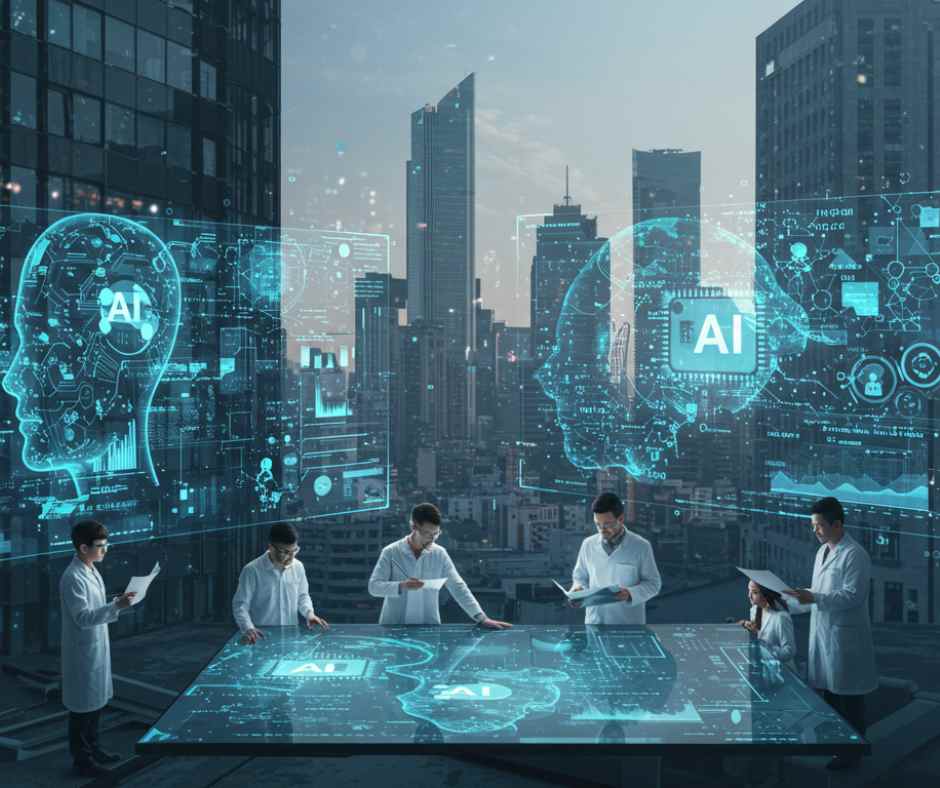
Creatives: The Visionaries Behind AI
Now let’s talk creatives—the storytellers, artists, designers, and all-around dreamers of the world. This part is secretly my favorite because, full disclosure, I’m a creative myself!
Creatives are amazing at spotting what makes something relatable. They’re the ones who ask, “Hey, will this AI tool make people’s lives easier, or just frustrate the heck out of them?” They’re also asking the big ethical questions, like:
- Will this AI respect human values?
- Does this design make everyone feel included and heard?
- Can we find a way to make this chatbot sound less like a robot pretending to be my mom?
Here’s an example: take chatbots that companies use for customer service. The conversation flow is often scripted by UX (user experience) designers and writers. Without creatives, you’d be stuck chatting with a bot that sounds like a badly programmed GPS. Creatives humanize AI.
Oh, and they help make sure that everyone can relate to the tech. Inclusivity is their superpower. Think diverse avatars for gaming communities, AI-generated art that reflects global cultures, or even making sure that the voices behind AI assistants don’t all sound like some overly chipper intern.
Why Technologists and Creatives Need to Work Together
Let’s be real here: technologists and creatives aren’t always the best of friends. One group speaks in code and diagrams, while the other is all about brainstorming and mood boards. They’re kind of like oil and water—or, more accurately, like coffee and cream. Separately, they’re good. But together? Magic happens.
When these two groups combine forces, AI becomes responsible, relatable, and revolutionary.
Here’s how:
1. Creatives Translate Tech into Everyday Life: They know how to take what technologists are building and make it usable, visually appealing, and understandable for the rest of us—AKA people who don’t know what “AI heuristics” means. (Seriously, what even is that?)
2. Joint Responsibility for Ethical AI: Together, creatives and technologists can spot and fix biases, ensuring AI isn’t accidentally racist, sexist, or just plain rude.
3. Better AI Products for Everyone: Whether it’s smoother interfaces, culturally aware AI tools, or life-saving technologies, collaboration ensures AI does what it’s supposed to—help all people.
How You Can Influence AI Design
But I’m not a techie or a creative!” I hear you saying. Don’t worry—there’s room for everyone in this conversation.
Here’s how you (yes, you sitting right there scrolling through my blog) can make an impact:
Speak up about unfair AI behavior: If an app or AI tool feels biased or just plain frustrating, let the creators know.
Learn the basics of AI: You don’t have to be an expert, but understanding how it works will help you advocate for smart design.
Support diverse voices: Push for representation in tech and the creative industries. More diversity = better AI.
The Bottom Line
AI is shaping the world faster than we can say “self-driving car,” and how we design these systems is crucial. It’s not just up to the tech-savvy folks—or the artsy ones, either. It’s a team effort.
So whether you’re coding in your basement, doodling in your notebook, or bingeing Netflix while eating ramen (no judgment—we’ve all been there), remember: we all have a role to play in shaping the future of AI.
And hey, if all else fails, we can at least make sure the robots of the future know how to crack a good joke. Because trust me, no one wants a world run by humorless machines—it’d be way too boring. 😜
Until next time!
